Emotions have always shaped how we shop—especially in fashion, where status, identity, desire, and belonging influence not just what we buy, but how we see ourselves and how we want to be seen.
It’s why influencers are so damn good at selling us stuff. And why consumers say they’ll pay 25% more for the brands they love, even if they have to stretch their paycheck to do it.
On a consulting call last week, my client asked about Parke and how they’re able to sell a $125 sweatshirt that’s just...a sweatshirt.
If you haven’t heard of them, Parke is the fashion brand launched by TikTok creator Chelsea Kramer, best known for their oversized mock-neck sweatshirts that have become a Gen Z status symbol.
Think Supreme, but instead of sneakerheads chasing sneaker drops, it’s matcha-drinking college girls lining up for sweatshirts.
Last weekend, the brand hosted a three-day pop-up in SoHo, where fans started lining up at 3 am, some traveling in from New Jersey and Connecticut, to get the limited release drop.
Sidebar…it’s giving The Row.
Every year, New York’s most quiet-luxury-obsessed stand in line for hours outside The Row’s infamous sample sale.
Last year, the line wrapped around multiple city blocks with some waiting overnight, some hiring line-sitters, and others flying in from across the country, all ready to drop thousands on neutral sweaters and suede bags.
Even at 75% off, many walked out spent enough to cover a month’s rent, sometimes more…
Watching the frenzy around Parke/ their latest pop-up brought back the same question I had observing the dedication of Row fans…
Can you think of a sustainable fashion brand that’s ever sparked this kind of hype?
Not press coverage. Not industry praise. I mean actual cultural momentum—lines down the block, fans camping out, shoppers ready to drop hundreds.
So why are Gen Zers willing to stand in line up for hours to drop $125 on a sweatshirt (while calling sustainable fashion too expensive)?
As I told my client: it’s not about the sweatshirt.
It’s about identity. Status. Community. Belonging. Emotional ROI.
The product isn’t premium in the traditional sense of materials, craftsmanship, or function. But in the emotional economy, it delivers high-value: confidence, connection, and cultural currency.
Parke doesn’t sell clothes. It sells proximity to a lifestyle, and access to a community that defines its identity by emotional closeness, aesthetic alignment, and the feeling of being part of something that not everyone else gets yet.
Chelsea is the brand. Parke is just the merch.
Her followers see her as aspirational but attainable—someone who feels polished and just effortless enough to feel natural without being out of reach.
That’s why people who already own five Parke sweatshirts still wait in line for six hours to buy another. They’re not (necessarily) loyal to the product—they’re loyal to her, to the version of themselves they see in her, and to the community that makes them feel like they belong.
Harvard professor Gerald Zaltman famously said that 95% of our decisions happen subconsciously. Influencer marketing is built to sell to the subconscious converting through:
Identity projection → “That could be me.”
Emotional relatability → “She feels like someone I know.”
Aspirational authenticity → “She’s successful, but she’s still just the girl next door in a hoodie”
Social proof at scale → “Everyone on my For You Page is wearing this.”
And because it’s all wrapped in casual storytelling with GRWMs, hauls, and “just-talking to my friend” videos, it feels personal, not promotional.
Influencers collapse the distance between content and consumption by tapping into our emotional self-concept. Not through features, benefits, or value props, but through emotion.
Emotional instinct has built billion-dollar empires for influencers and celebrities. Now, apparently, it’s reshaping how trend forecasters and brand strategists think.
Last week, WGSN released a new white paper called Future Consumer 2027: Emotions, outlining three key emotional drivers—Strategic Joy, Witherwill, and Suspicious Optimism—and forecasting how brands can respond to what consumers will feel and want in the years ahead.

The report promises a roadmap to future-proof your business by anticipating how consumers will want to feel—and building products, experiences, and strategies that align with that emotional landscape. Sounds good.
But here’s what I don’t get. In promoting the report, they said things like, “Our emotions are becoming a key driver of purchasing behavior, influencing how we shop, what we buy, and the brands we want to engage with.”
In the report itself they say, “emotions are the new strategy.”
“Becoming?” a key driver?
A “new” strategy?
Emotions have been the driver and have been the strategy.
Emotion has always shaped behavior, especially in fashion and beauty, where purchases are more about identity and aspiration than function or need.
I asked the team for clarification. BRB with what they say…
UPDATE: We’re closer to getting an answer…
What I think they meant, and how I’m interpreting it, is not that emotions are becoming a key driver of consumer behavior. What’s changing is the cultural fluency around them, the tools to track them, and the pressure on brands to respond to them in real time.
What I’m taking away is that emotion should become more central to brand strategy. Brands should stop treating emotion as just a tool for ad copy or aesthetics and instead, bake it into product design, customer experience, and business models.
Emotions like burnout, climate anxiety, and loneliness aren’t new—but they’re more talked about, more measurable, and more searchable than ever. That creates more opportunity for brands to respond in targeted, meaningful ways.
Consumers have always looked for emotional payoff but what’s shifted is the cultural fluency around it, and the expectation that brands make that payoff more visible, more personal, and more aligned with how we see ourselves.
Influencer marketing, kidult culture, therapy-speak, parasocial relationships, these trends have normalized emotional decision-making and made emotional justification for purchases feel not just acceptable, but expected.
This shift in emotional fluency exposes the weakness in most sustainability messaging: Sustainability alone doesn’t sell.
If you want people to care, to buy, to come back—it’s not enough to be ethical, or transparent, or circular. You have to make people feel something. You have to make them feel seen. Connected. Inspired. Understood.
So, what does that look like in action?
Case Study: Merit
If you’re not familiar, Merit is a minimalist clean beauty brand known for its “less is more” approach to makeup. They recently launched a tinted mineral SPF called The Uniform, but instead of marketing it as just another clean sunscreen, Merit framed it as a lifestyle essential, so seamlessly woven into your daily routine that unless you knew about their launch event, you probably didn’t realize what they were selling at first.
From the name to the tone to the campaign rollout, The Uniform was positioned as the “missing step” in your routine—something that feels effortless, habitual, and instinctive. Not a chore, but part of who you are.
The campaign didn’t lead with sun protection facts or ingredients. Instead, it talked about having a uniform, something so good you wear it every day.
Effortless. Iconic. Instinctive.
It wasn’t about SPF, it was about identity. About the kind of person who doesn’t have to think too hard in the morning because their routine just works.
Finally, they reveled the tinted mineral SPF but by then, they had launched a product and a habit. A mindset. An identity shortcut. Something that felt less like skincare and more like part of your morning ritual.
And by pulling aesthetic and emotional cues from the world of fashion, they gave the product status before anyone even knew what it was.
This is emotion-led strategy at its best:
Tease feeling before function.
Lead with identity, not facts.
Make utility feel iconic.
The campaign made us feel the problem before ever naming it. they built emotional tension around a shared frustration: sunscreen never becomes a staple the way your favorite white tee, go-to button-down, or favorite jeans do.
They led with identity. Familiarity. Habit. Emotional resonance.
By the time the product reveal came, you didn’t just want to try the sunscreen, you wanted to adopt the mindset. That’s emotional branding baked into strategy, not just slapped on in the final ad copy.
Merit executed a slow-burn misdirect that blurred the line between fashion and beauty. So if you thought they were launching actual clothes, it was intentional.
After weeks of dry-cleaner tags, button-down hints, and Brooks Brothers teases, they finally revealed the twist.
To celebrate the opening of The Uniform Dry Cleaners in NYC, Merit partnered with Brooks Brothers to create another essential piece of the daily uniform: a classic $125 button-down shirt with MERIT emblem and optional custom-embroidered “Do Less” stitched along the cuff ($15)—a reminder that “when it comes to your routine, you don’t have to overthink it.”
Following the same limited-drop strategy that built Parke’s cult following, only 500 MERIT x Brooks Brothers shirt will be available exclusively at the pop-up.
I’ll be curious to see if anyone brings a folding chair for this one.
If you’re in New York feel free to attend and report back.
The Takeaway for Sustainable Fashion Brands
Pulse check: Would your customers stand in line at 3 a.m. to buy what you’re selling?
👀
I think about this often, especially as we think about the next chapter of
.Parke didn’t build hype by talking about materials or mission.
Merit didn’t drive engagement by listing ingredients.
They both did something most sustainable brands don’t:
They sold identity, not information.
They made the product feel personal and culturally relevant.
That’s what sustainable fashion is missing.
I agree with the WGSN report: after years of global instability (pandemic, climate crisis, supply chain breakdowns, wars, tech burnout) how consumers want to feel is currently (😉), and will continue to be, the driving force behind what they buy and who they trust.
If your brand leads with impact stats, fiber content, or certifications, you’re operating in a rational space, meanwhile purchasing decisions are driven by emotion.
Understand emotional ROI, and start designing for it.
Want loyalty? Build identity.
Want demand? Create culture.
Want retention? Sell a feeling people want to keep coming back to.
Emotion is the strategy.
🤓🧠✌🏾
If you want to know how to build this kind of emotional strategy specifically for your brand/company, let’s talk.







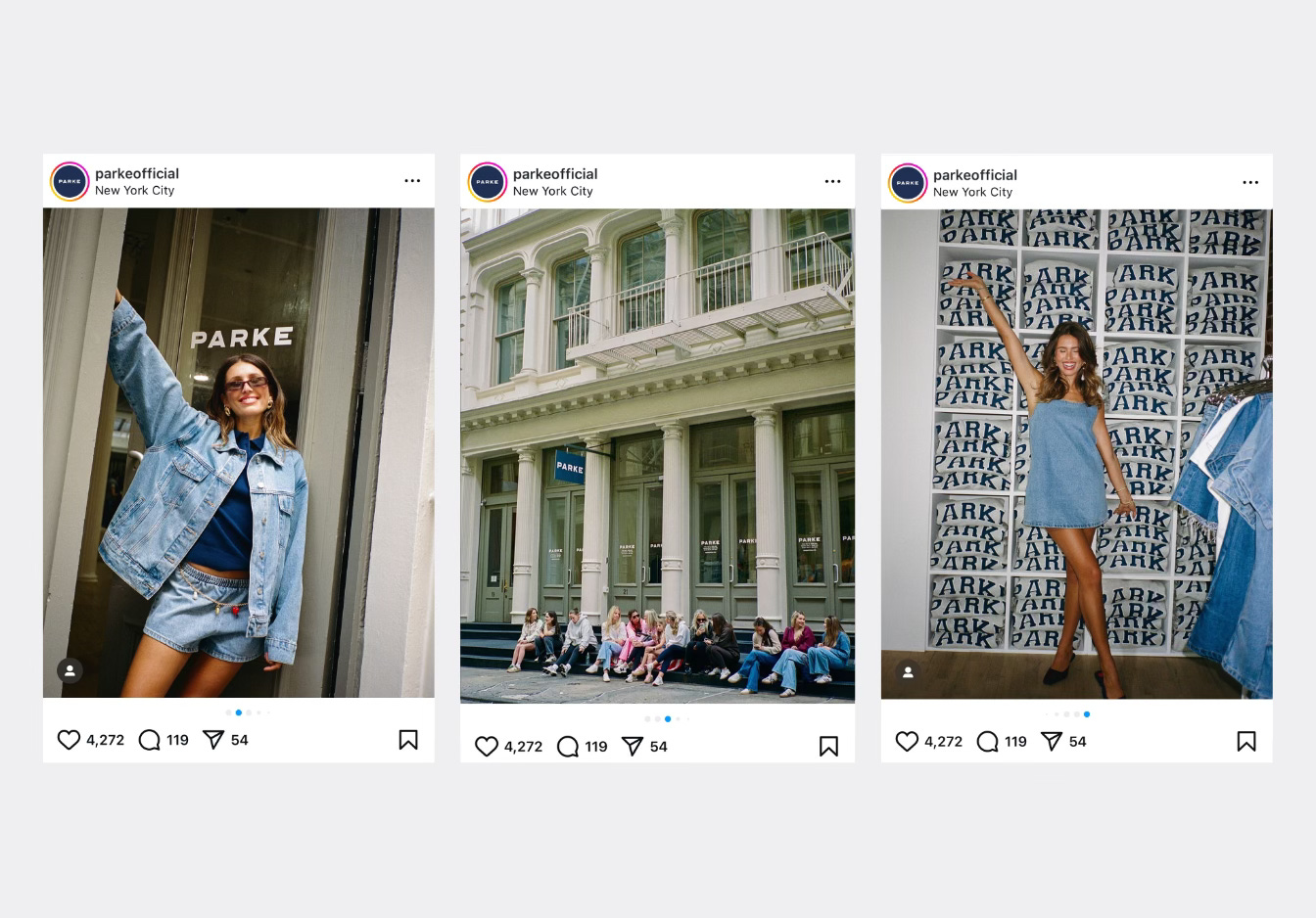

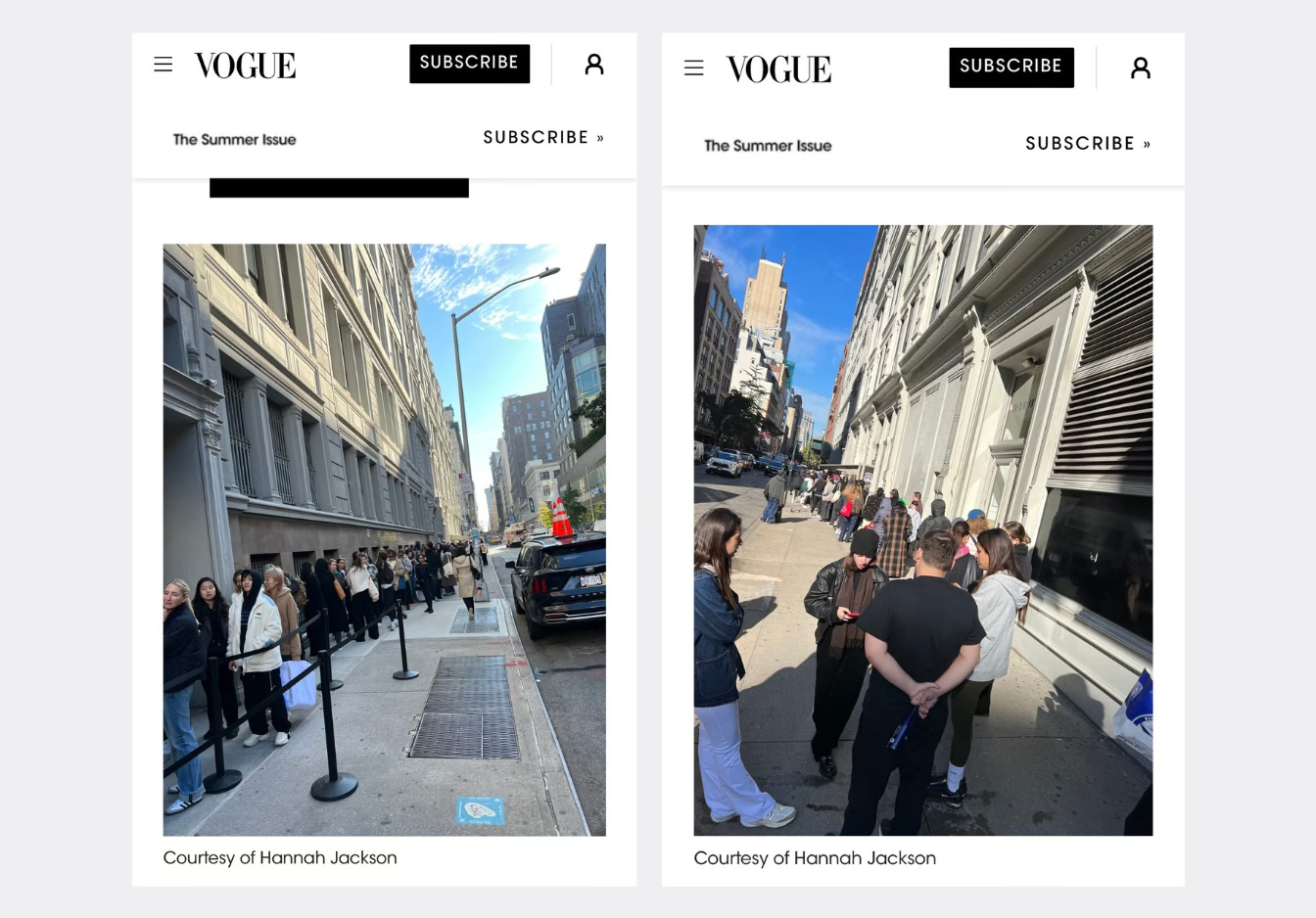


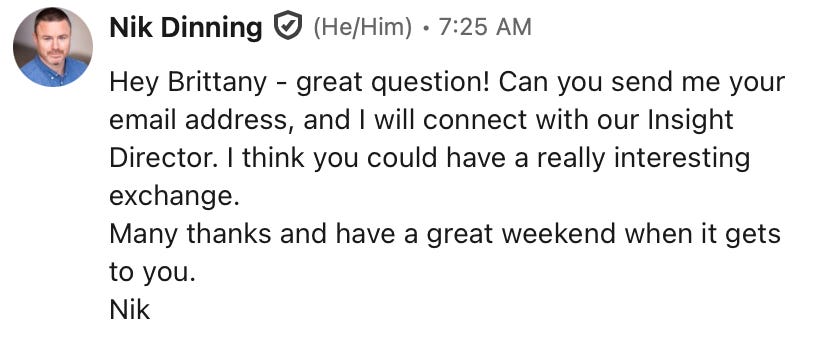

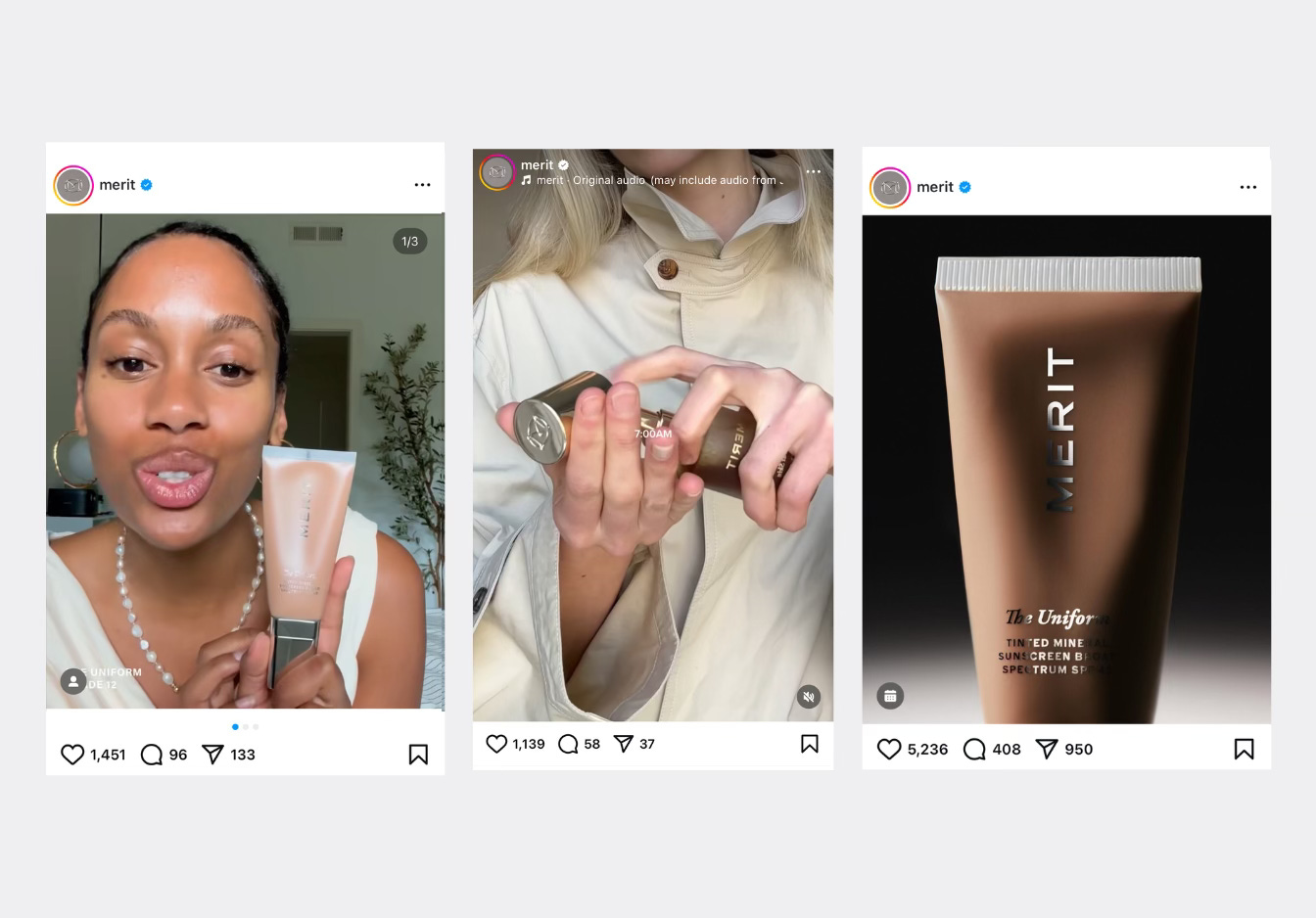
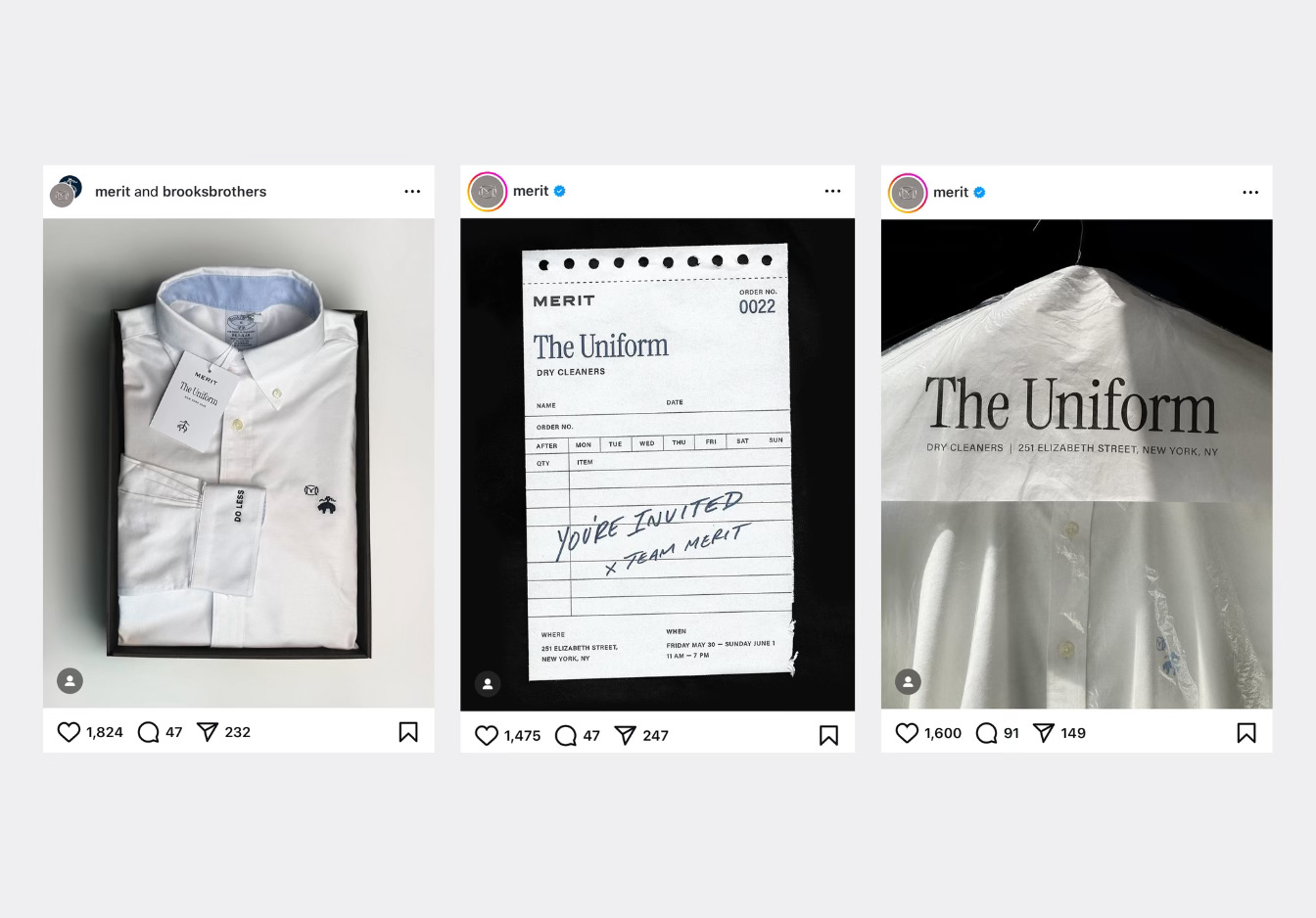
I agree with the importance of emotions influencing purchasing decisions, especially after reading Carolyn Mair's "The Psychology of Fashion" (your interview with her led me to pick up the book, thank you!). Even if I (partly) agree that sustainability alone doesn't sell, the examples you shared, such as the queuing frenzy at The Row and Parke are very loud forms of signaling cultural relevance, which might relate to specific markets and demographics (North America and younger consumers in urban areas who are highly engaged with social media culture).
From my European background, I am aware of highly successful brands that tap into customers' emotions in a more subtle way, such as building strong relationships with their customers from the moment they enter a store. This is the case of the outdoors brand Montura, which has built a reputation based on durability and reparability. The ways to success can be infinite, and being loud in "the Parke way" is not the only one. For how long will their customers stick around until they're drawn to the next influencer merch brand?
Reformation, GANNI, and Patagonia are successful brands with a strong sustainability compass that, on their own terms, managed to stay relevant for a long time. And they don't need a queue to demonstrate that.
I don't have anything insightful to add but just a note to say that I really enjoyed reading this post. I've given me a lot to think about as I develop my personal brand.